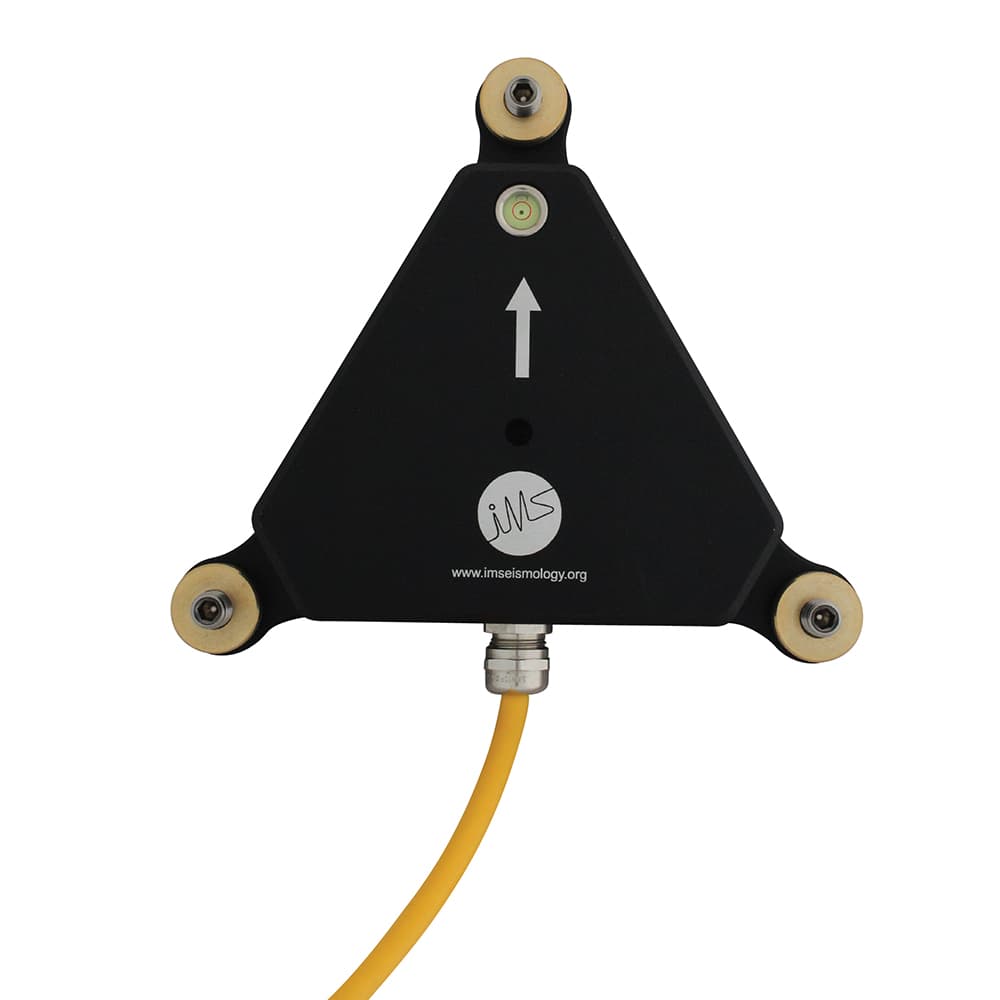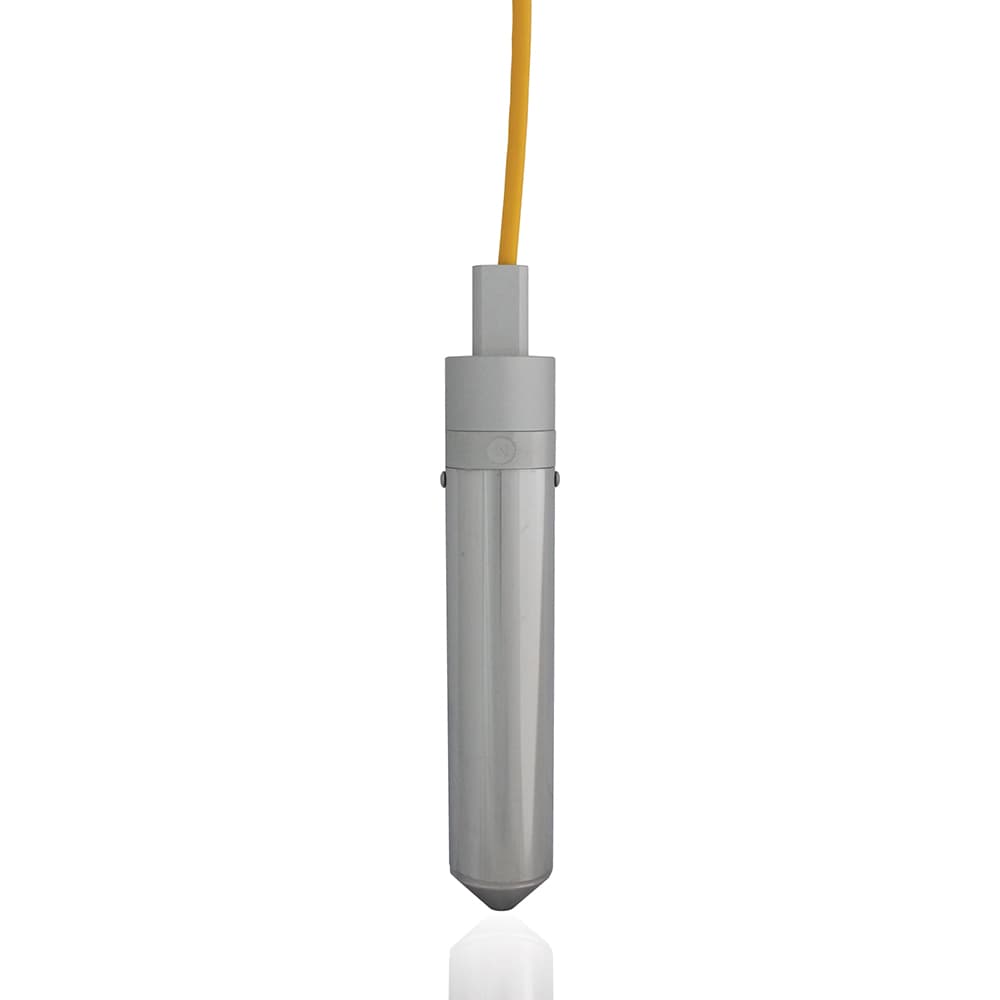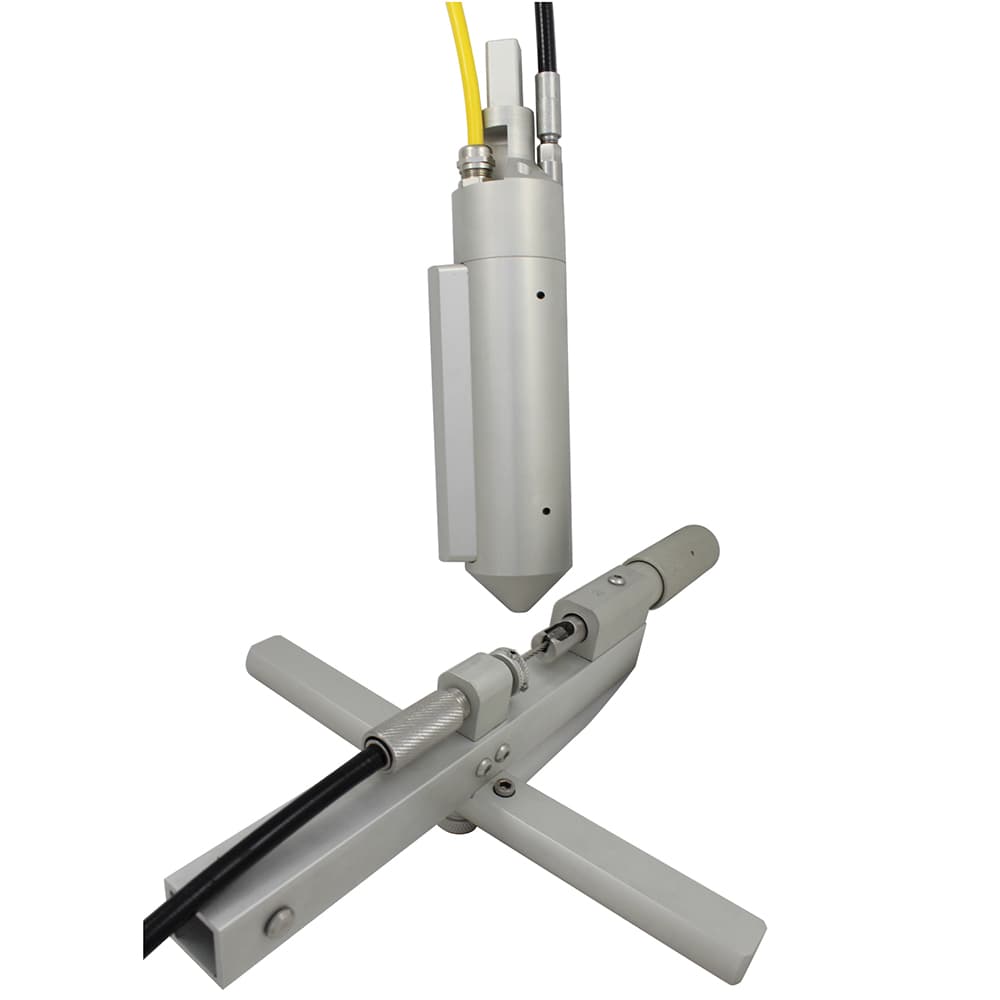


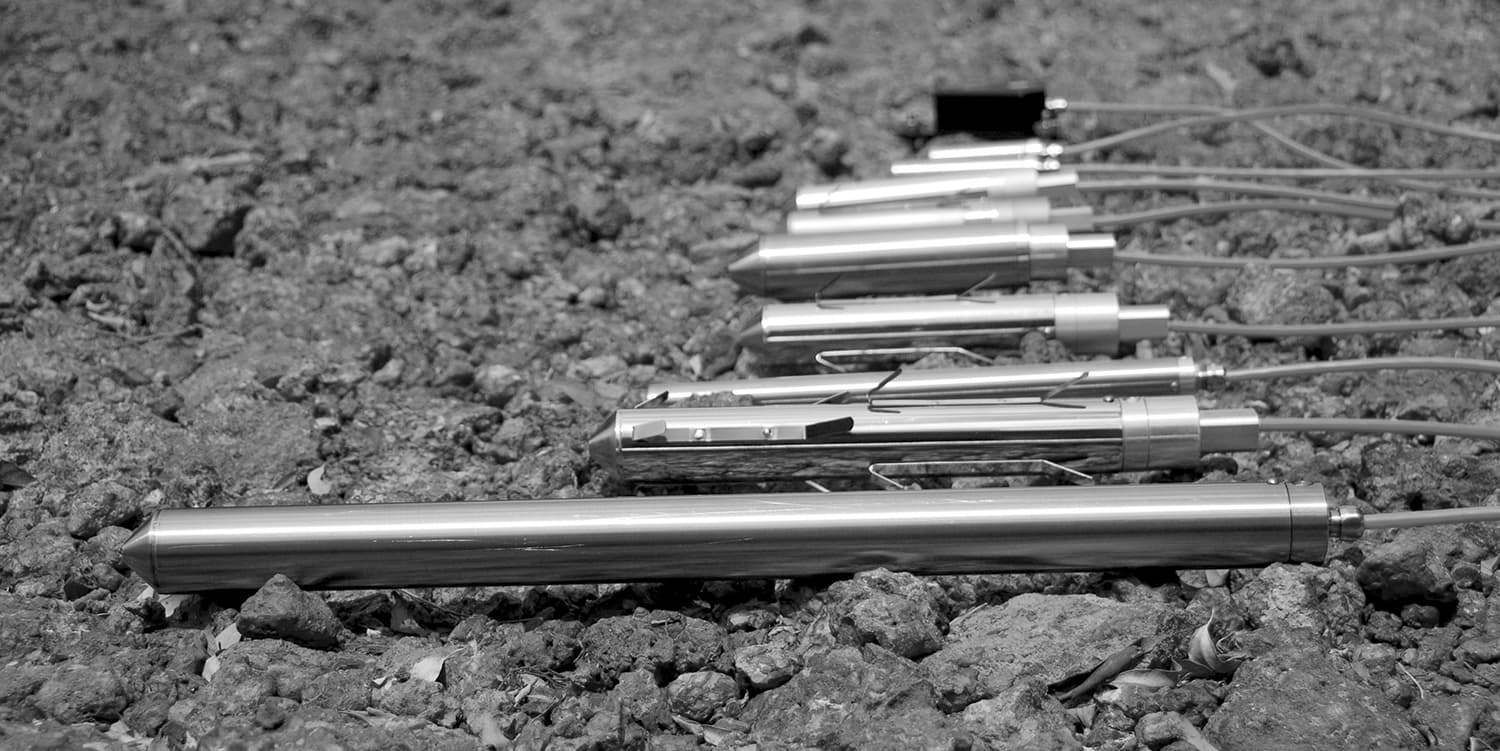
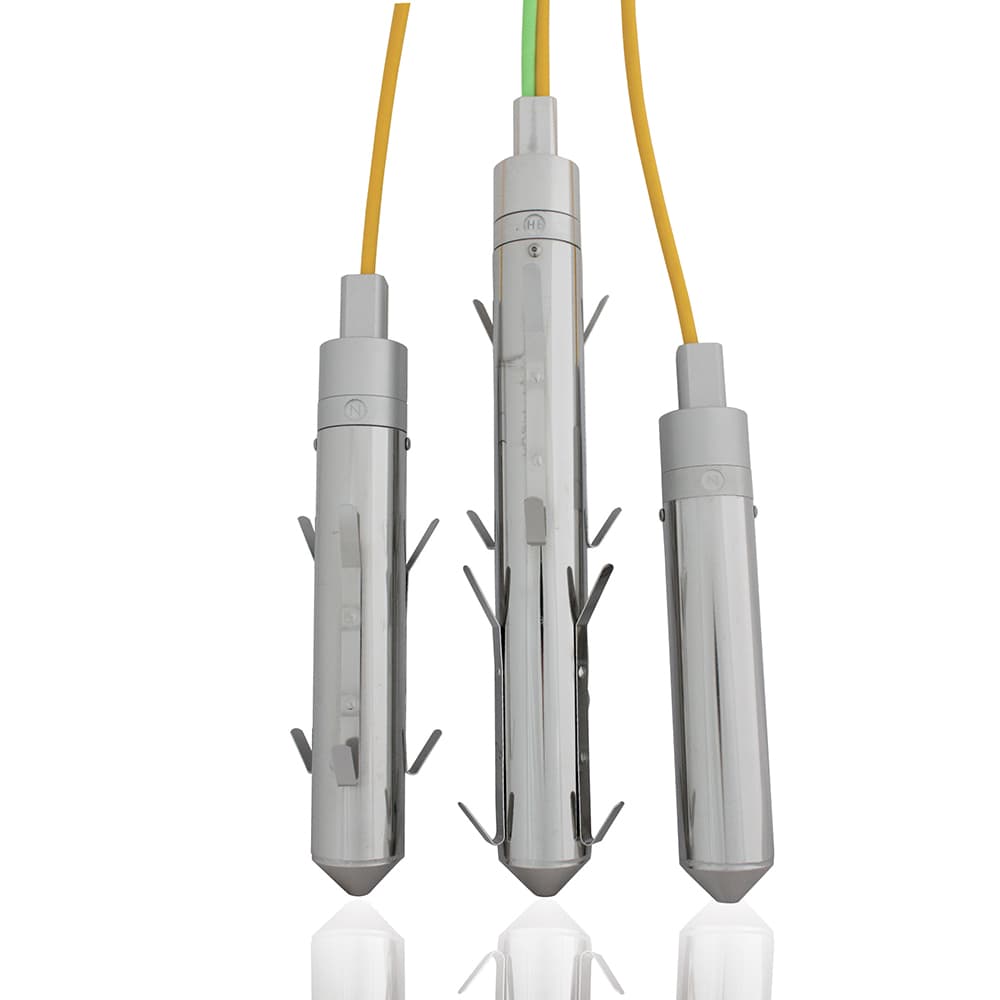
Geophones are usually the sensor of choice in most mining applications because of their low cost, large bandwidth, and excellent reliability. Standard geophone options include sensors with natural frequencies of 4.5 Hz, 8 Hz, and 14 Hz. The 4.5 Hz geophone has a usable frequency bandwidth from 4.6 Hz but must be installed to within 2° of its pre-set orientation. The 8 Hz geophone has a tilt tolerance of 15° and finds application in deeper boreholes where borehole angle cannot be guaranteed, whereas the 14 Hz geophone is omni-directional and can be installed at any angle. The 14 Hz geophone has a usable frequency bandwidth from 11 Hz. For further information about geophones, please refer to the 4.5 Hz, 8 Hz and 14 Hz geophone specifications documents. Other Geophone types, for example, geophones for monitoring regional seismicity (1 Hz) or for use in reflection seismology (28 Hz) are also available.
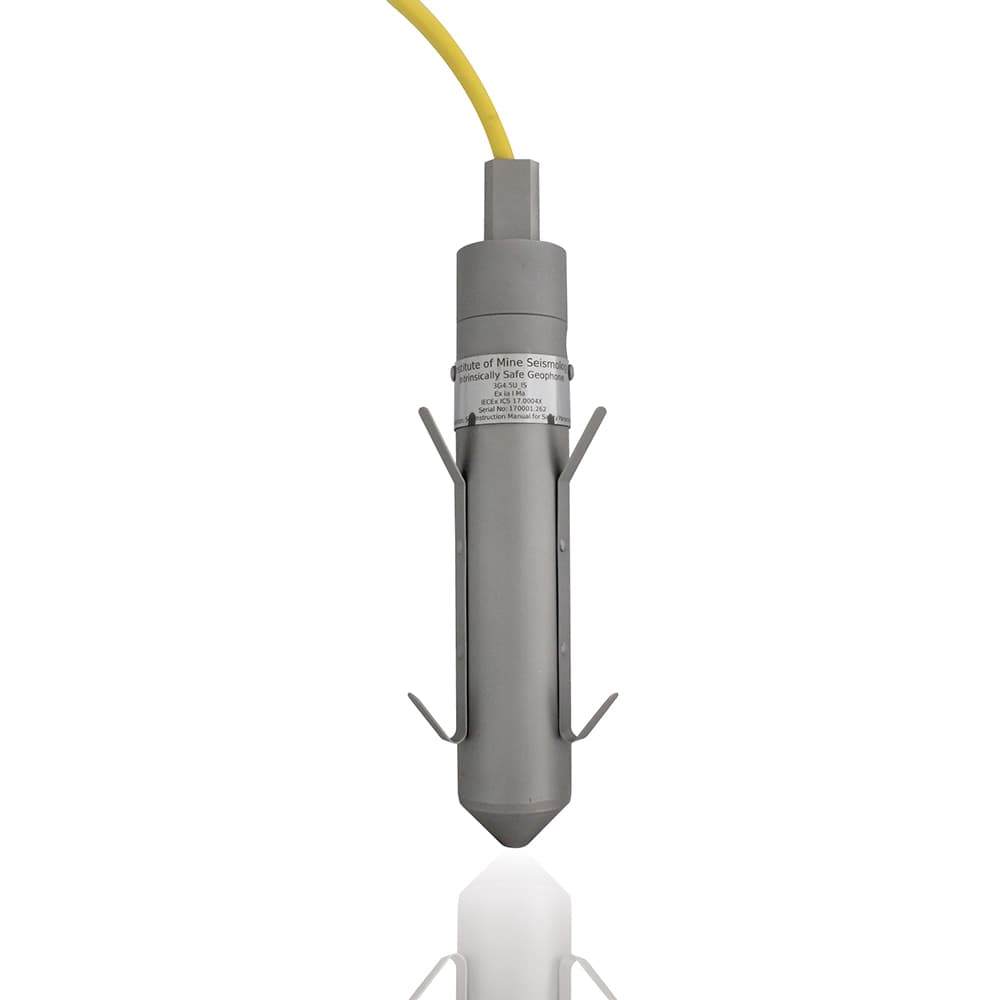
IMS carries a range of geophones with IECEx ia Ma certification for use in coal mine applications.
Please see the specification sheet for more details. The IECEx certificate is available here. Please contact IMS for more information.
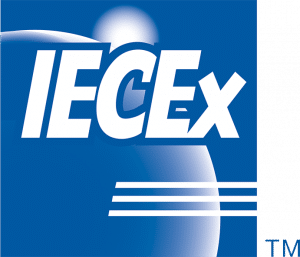
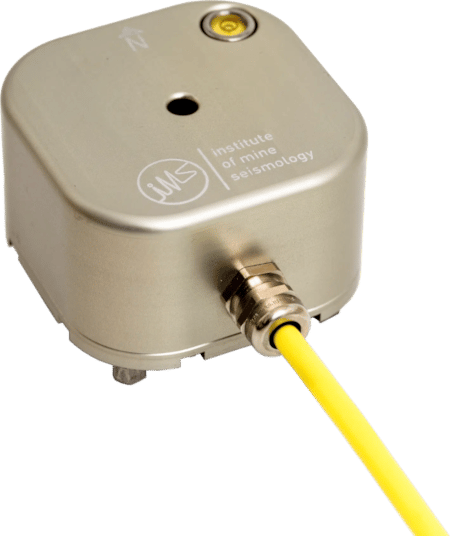
Vibration Monitoring
For use in blast or other vibration monitoring applications, the IMS triaxial vibration monitoring sensor is calibrated using the back-to-back method as described in ISO 16063-21 and can provide a response according to either ISEE (2017) or DIN 45669-1 (2019) standards when used with the xES Engineering Seismograph.
IMS’s calibration procedures ensure measurement traceability to the International System of Units (SI) via national metrology institutes.
Please see the specification sheet for more details.
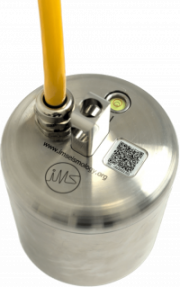
Low Frequency Geophone
A robust short period sensor based on the field-proven 4.5 Hz geophone element and incorporating modern low noise electronic design to realise a usable bandwidth down to 1 Hz. This sensor is ideal for recording large induced (>Ml1.5) or local seismic events.
The low noise geophone is complemented by an internally integrated digital MEMS accelerometer to also measure strong ground motion above the level where typical short-period sensors saturate.
Please see the specification sheet for more details.
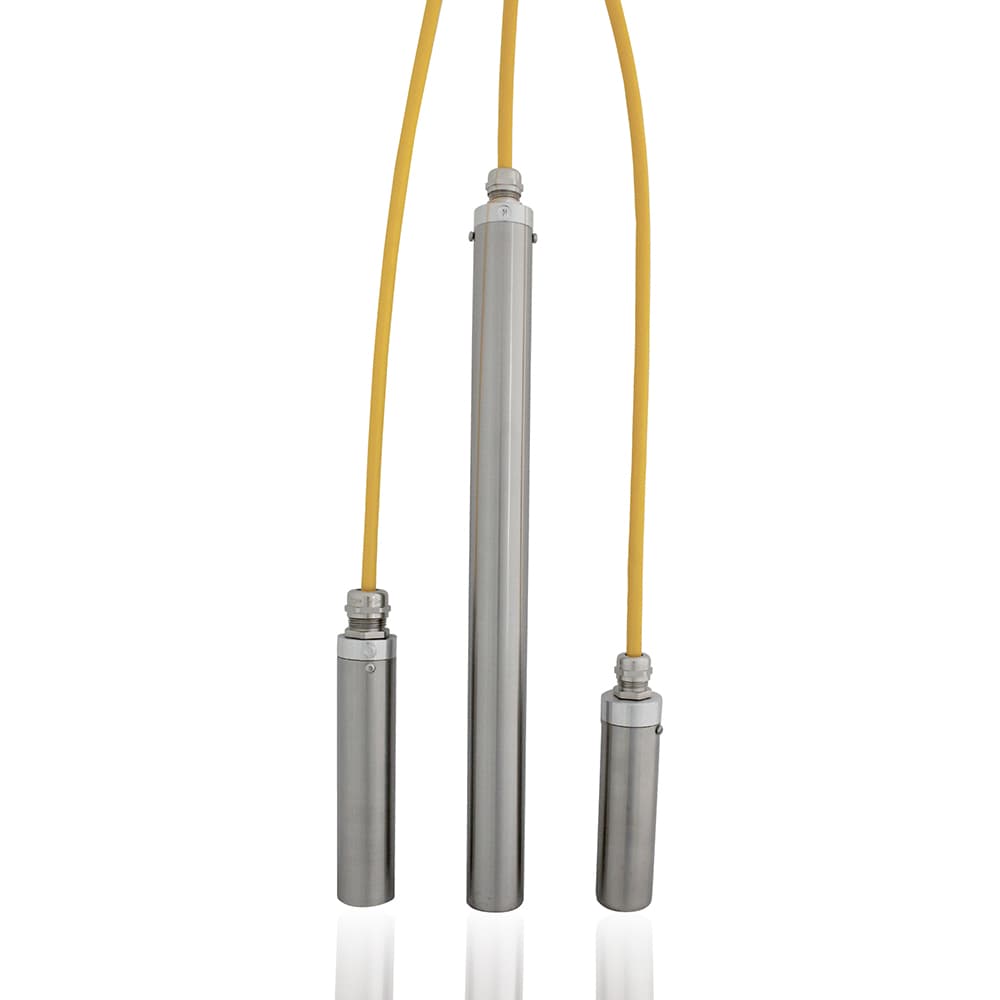
Accelerometers
MEMS
MEMS accelerometers are used where large ground motions, greater than the upper-measurement range of geophones and IEPE accelerometers, are expected to occur.
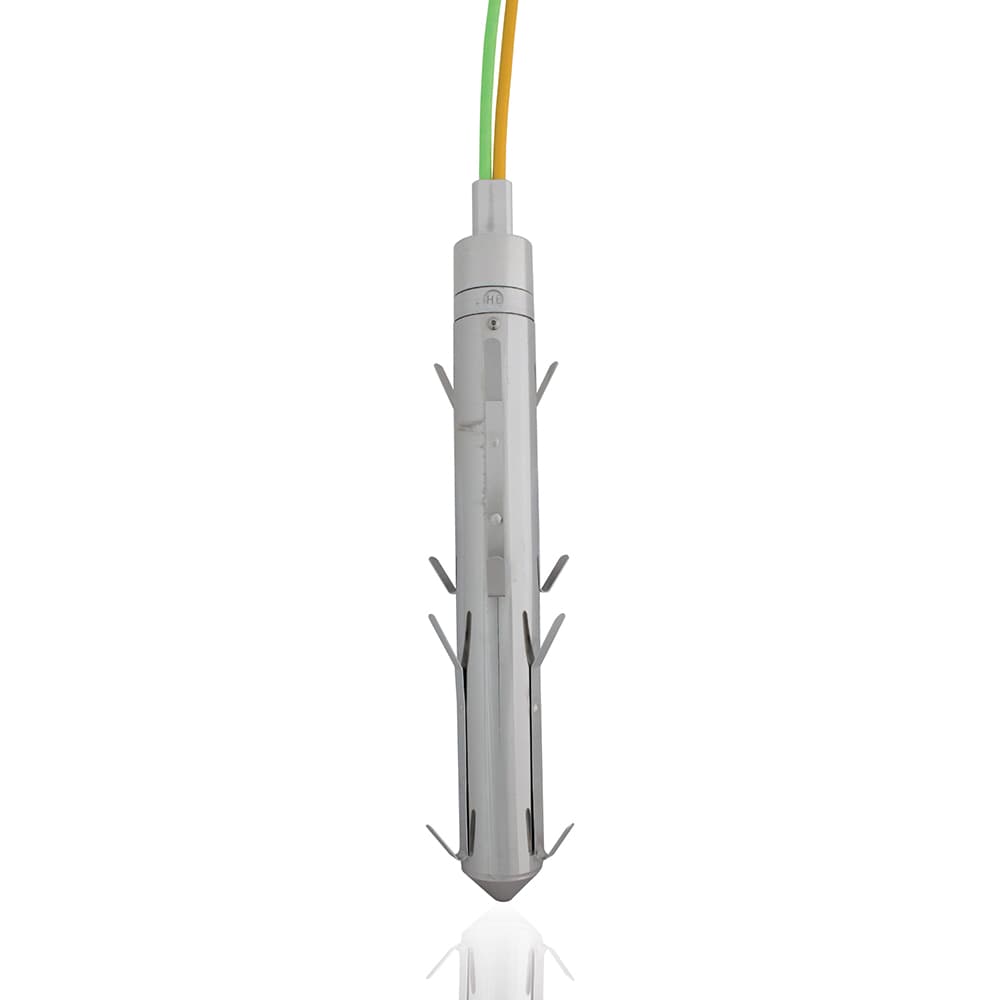
Hybrid Sensors
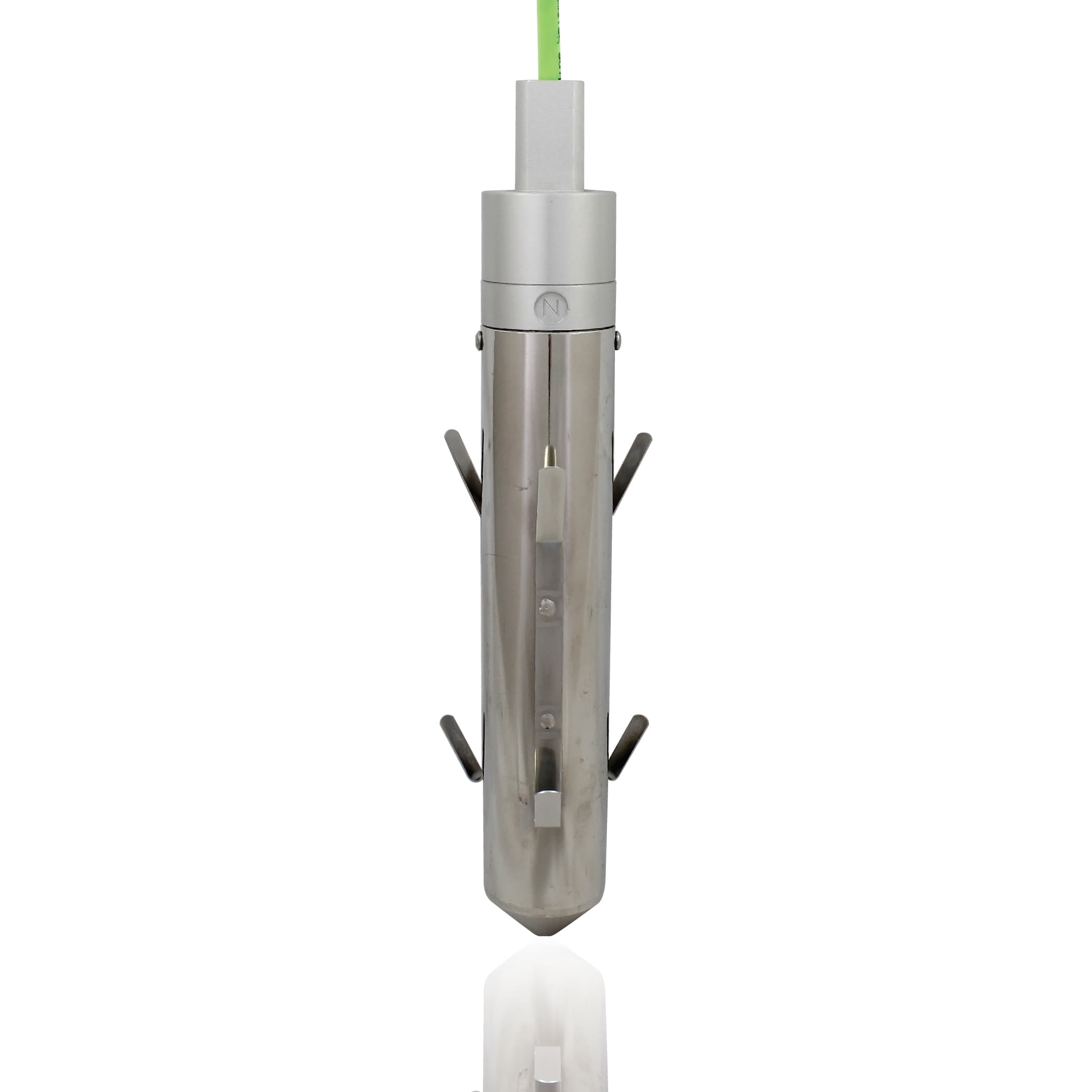
XGM Sensors
